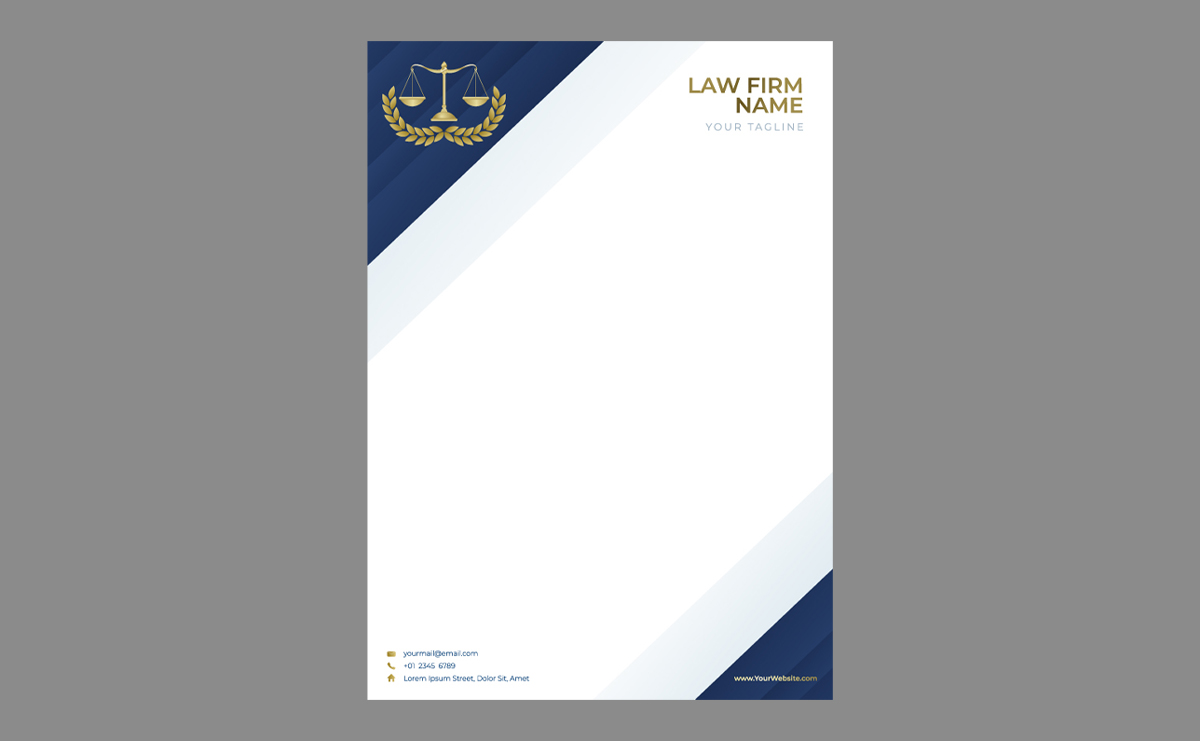California Courts | Legal Forms – CP10
CP10 – Claim of Right to Possession and Notice of Hearing – California Courts
The document titled “CP10 – Claim of Right to Possession and Notice of Hearing” is a legal form used within the context of California’s legal system, specifically referencing the Code of Civil Procedure, sections 715.010, 715.020, and 1174.3. Revised on July 1, 2017, this form serves several crucial functions in eviction or unlawful detainer actions:
Claim of Right to Possession: It allows individuals who were not named in an eviction action but claim a right to possess the disputed property to formally assert their rights. To use this form, claimants must satisfy specific conditions, such as having occupied the premises before the eviction action was filed and still residing there.
Notice of Hearing: The form provides a mechanism for these claimants to request a court hearing to adjudicate their claim to possession. It outlines the requirements for filing, including deadlines and necessary documentation, such as paying a filing fee or filing a waiver for such fees, and potentially depositing an amount equivalent to 15 days’ rent.
Legal Notices and Instructions: The document includes detailed instructions for completing and filing the claim, emphasizing the urgency and seriousness of acting promptly to prevent eviction. It also informs claimants about the hearing process and the potential outcomes, including the implications of failing to appear at the hearing.
Declaration Under Penalty of Perjury: Claimants are required to declare the truthfulness of their claims under penalty of perjury, underscoring the legal significance and potential consequences of the information provided.
Notice to Occupants: An important section directed at occupants who might be affected by the eviction but were not named in the original writ of possession. It urges immediate action to submit the claim form to avoid eviction.
This form is a vital document for individuals facing eviction, especially in cases where they were not named in the original eviction proceedings but have a legitimate claim to remain on the property. It balances the rights of property owners and the protections afforded to occupants, ensuring that all parties have a chance to be heard in court.
Filling out the CP10 form requires careful attention to detail and accuracy to ensure your rights are adequately presented in court. This guide aims to simplify the process and help you understand each section of the form.
Court Information
- Name of Court: Enter the full name of the court handling the eviction case.
- Branch Name: If applicable, specify the branch of the court.
- City and ZIP Code, Street Address, Mailing Address: Provide the location details of the court.
Case Information
- Plaintiff: The name of the landlord or property owner initiating the eviction.
- Defendant: The name of the initial tenant or occupant named in the eviction lawsuit.
- Case Number: The unique identifier for the eviction case, which can be found on other court documents related to the case.
Claimant Information
- Claimant or Claimant’s Attorney: If you are representing yourself, provide your name and address. If an attorney represents you, provide their details.
- Attorney For: Indicate the name of the party the attorney is representing, if applicable.
- Telephone No.: Your phone number or your attorney’s.
Completing the Claim Form
To complete the form, ensure all the following statements are true:
- You are not named in the Writ of Possession.
- You occupied the premises on or before the unlawful detainer action was filed.
- You still occupy the premises.
- A Prejudgment Claim of Right to Possession was not served with the Summons and Complaint, or the eviction is a result of foreclosure.
Personal Declaration
- Your Name and Residence: Fill in your full name and the address where you currently reside, including street address, unit number, city, and ZIP code.
- Premises Address: The address of the property from which you are facing eviction.
- Occupancy and Claim Details: Confirm the date the complaint was filed and assert your right to possession based on your occupancy at that time. State that you were not named in the Writ of Possession and understand the implications of filing this claim.
- Filing Fee: Acknowledge the requirement to pay a filing fee or submit a waiver for these fees within two court days to avoid immediate denial of your claim.
Additional Declarations
- Age: Confirm you were at least 18 years of age when the complaint was filed.
- Deposit Requirement: Understand that to obtain a court hearing on your claim without delay, you might also need to deliver an amount equal to 15 days’ rent to the court.
Rental Agreement
If applicable, indicate the nature of your rental agreement (oral or written) and with whom it was made (landlord, another person, or former owner due to foreclosure).
Signature
- Declaration: Sign the form to declare, under penalty of perjury, that your statements are true and correct.
- Warning About Perjury: Be aware that perjury is a serious offense.
Filing Your Claim
Decide how you will file your claim (options a and b) and understand the requirement to first present this claim form to the sheriff, marshal, or levying officer before submitting it to the court.
Final Steps
- Make sure to keep copies of all documents for your records.
- Pay attention to all deadlines, especially for filing the claim form and any fees or rent deposits required.
- Consider seeking legal advice to ensure your rights are fully protected throughout this process.
This guide should help you navigate the completion of the “CP10 – Claim of Right to Possession and Notice of Hearing” form. Remember, legal documents carry significant implications, and seeking legal assistance is always advisable if you are uncertain about any part of the process.
Disclaimer: This guide is provided for informational purposes only and is not intended as legal advice. You should consult the Residential Tenancies Act or a legal professional.




